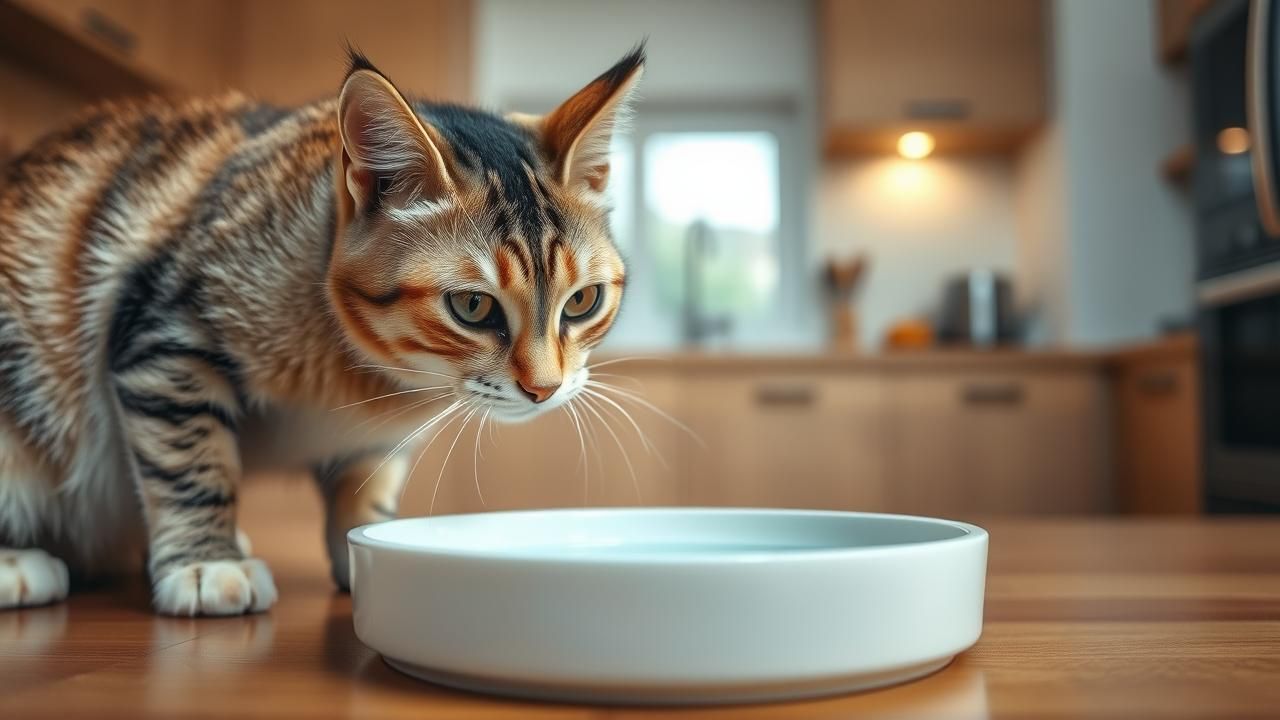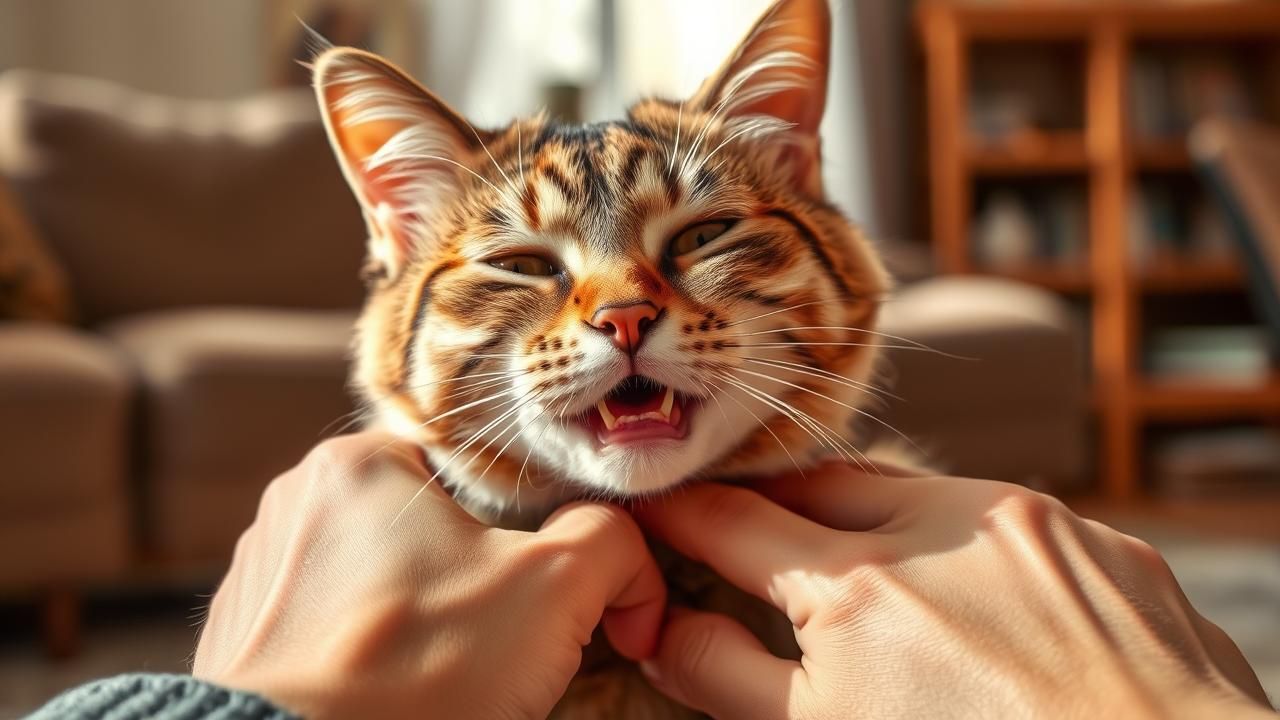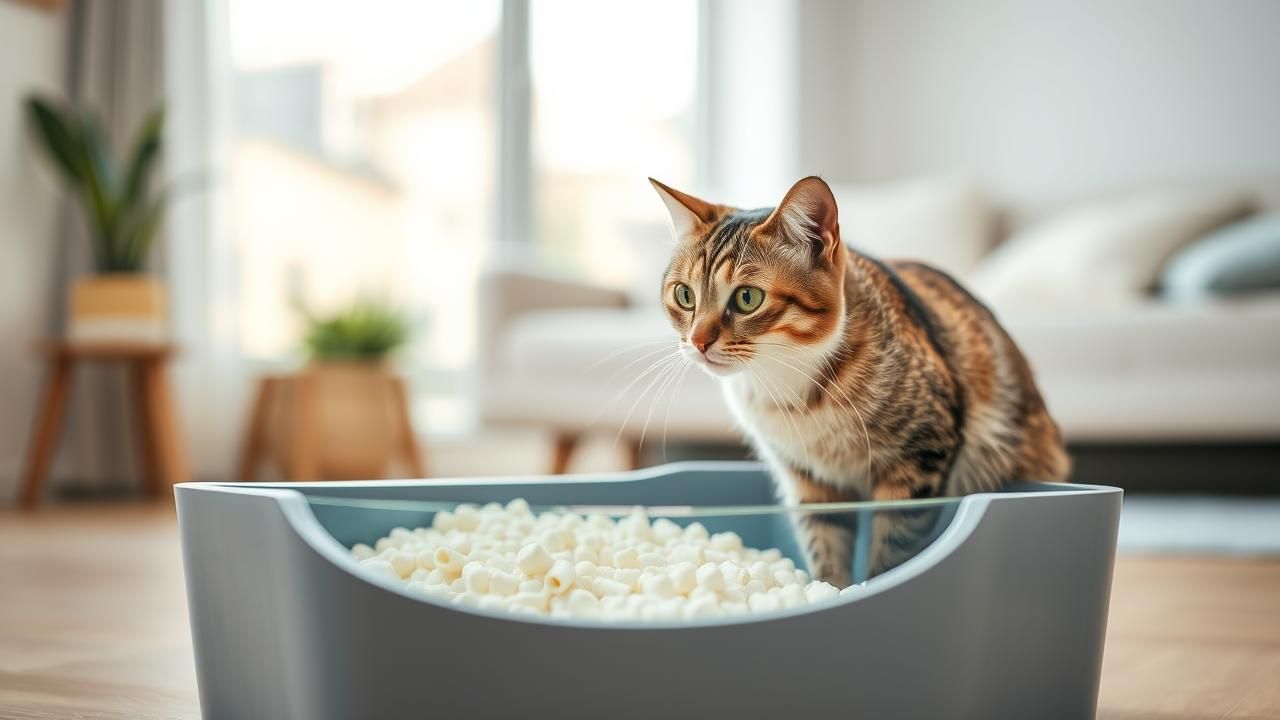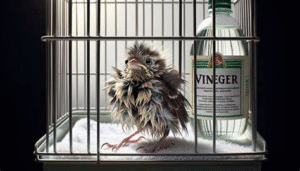The Silent Sufferer: Why Cats Are Masters at Hiding Pain
As devoted cat owners, we want nothing more than to ensure our feline companions are happy and healthy. However, a cat’s natural instincts can make it incredibly difficult to know when they are suffering. In the wild, cats are both predators and prey. Showing any sign of weakness, such as pain or illness, would make them a target for larger predators. This powerful evolutionary instinct to mask discomfort persists in our domestic cats, meaning they often suffer in silence. Understanding this innate behavior is the first step toward becoming a more vigilant and effective caregiver.
Pain in cats can arise from a wide range of conditions, including chronic issues like arthritis, acute problems like dental disease or urinary tract infections, and injuries. Because they can’t tell us what’s wrong, the responsibility falls on us to learn their subtle language of discomfort. Any deviation from your cat’s established routine, no matter how small, can be the first and only clue that something is amiss. Learning to recognize these signs is crucial for getting them the veterinary care they need promptly and effectively.
Behavioral & Social Red Flags: When Actions Speak Louder Than Meows
One of the most significant indicators of pain in a cat is a change in its personality and social habits. A cat that is feeling unwell will often alter its daily interactions and routines.
- Hiding or Withdrawing: Is your normally social cat suddenly spending its days under the bed or in the back of a closet? A desire to be alone is a strong sign that your cat is feeling vulnerable and wants to avoid interaction.
- Sudden Aggression or Irritability: Pain can shorten a cat’s fuse. A previously gentle and loving cat may hiss, growl, scratch, or even bite when approached or handled. According to the Cornell Feline Health Center, this uncharacteristic aggression is a common defense mechanism for a cat in discomfort, especially when a painful area is touched.
- Changes in Litter Box Habits: If your cat suddenly stops using its litter box, don’t immediately assume it’s a behavioral problem. Conditions like arthritis can make it painful to climb over the high sides of a box, while a urinary tract infection can create a negative association with the location.
- Unusual Vocalizations: While some cats become more vocal when in pain—making mournful meows, cries, or groans—others may become unusually quiet. Pay attention to any change from their normal level of chatter.
- Purring When Inappropriate: We typically associate purring with contentment, but cats also purr to self-soothe when they are stressed, frightened, or in pain. As noted by Washington State University, this coping mechanism can be misleading, so consider the context of the purr.
🧼 Grooming Habits & Physical Clues of Discomfort
A cat’s physical appearance and grooming routine are excellent barometers of its overall health. A cat in pain often lacks the energy or mobility to maintain its coat, leading to noticeable changes.
- Poor or Neglected Grooming: A healthy cat is a fastidious groomer. If your cat’s coat starts to look greasy, matted, or unkempt, it’s often because pain prevents them from twisting and reaching all areas of their body.
- Excessive Grooming: On the other hand, some cats will compulsively lick or chew at a specific area that is the source of their pain. This obsessive behavior, highlighted by International Cat Care, can lead to bald patches, skin irritation, or sores.
- Changes in Facial Expression: Researchers have developed what is known as the “feline grimace scale” to help identify pain through subtle facial cues. Look for squinted or tightly closed eyes, ears that are flattened or rotated outwards, and a tense muzzle with whiskers pulled back. These expressions indicate significant discomfort.
- Decreased Appetite and Thirst: Pain, especially from dental disease, can make the simple act of eating or drinking an ordeal. A noticeable drop in your cat’s food or water intake is a serious sign that requires immediate veterinary attention.
Mobility & Posture: Telltale Signs of Physical Distress
How a cat moves, or chooses not to move, can provide clear evidence of underlying pain, particularly from arthritis, joint issues, or an injury. Observing your cat’s posture and activity levels is key.
- Reluctance to Jump or Climb: A classic sign of joint pain is hesitation to jump onto favorite spots like the couch, a windowsill, or your bed. Your cat might “test” the jump, start to climb instead, or avoid it altogether.
- Difficulty with Stairs: A cat that once bounded up and down the stairs may now take them slowly, one step at a time, or avoid them completely. This change in mobility is a strong indicator of pain in the hips, legs, or back.
- A Hunched or Guarded Posture: Pain can cause a cat to change how it holds its body. You may notice a hunched-over appearance, with the back curved, the head held low, and the paws tucked tightly underneath. This guarded posture helps protect a painful abdomen or spine.
- Limping or Favoring a Limb: This is one of the most obvious signs of pain. Any limping, stiffness, or favoring of one leg is an undeniable signal of injury or a painful condition like arthritis. According to VCA Animal Hospitals, even subtle lameness should be evaluated by a professional.
What to Do: Partnering with Your Vet for Pain Management
If you observe any of these signs, even if they seem minor, it’s essential to schedule an appointment with your veterinarian. Do not attempt to give your cat any human pain medications, as many are highly toxic to felines. Your veterinarian is your best partner in diagnosing the source of the pain and developing a safe and effective treatment plan.
During the visit, be prepared to describe the specific changes you’ve noticed in your cat’s behavior, grooming, and mobility. Videos of your cat moving, or demonstrating the unusual behavior at home can be extremely helpful. Through a thorough physical examination, and possibly diagnostic tests like x-rays or blood work, your vet can pinpoint the underlying cause of the discomfort. A proper diagnosis can lead to treatments that vastly improve your cat’s quality of life, allowing them to return to being the happy, comfortable companion you know and love.











